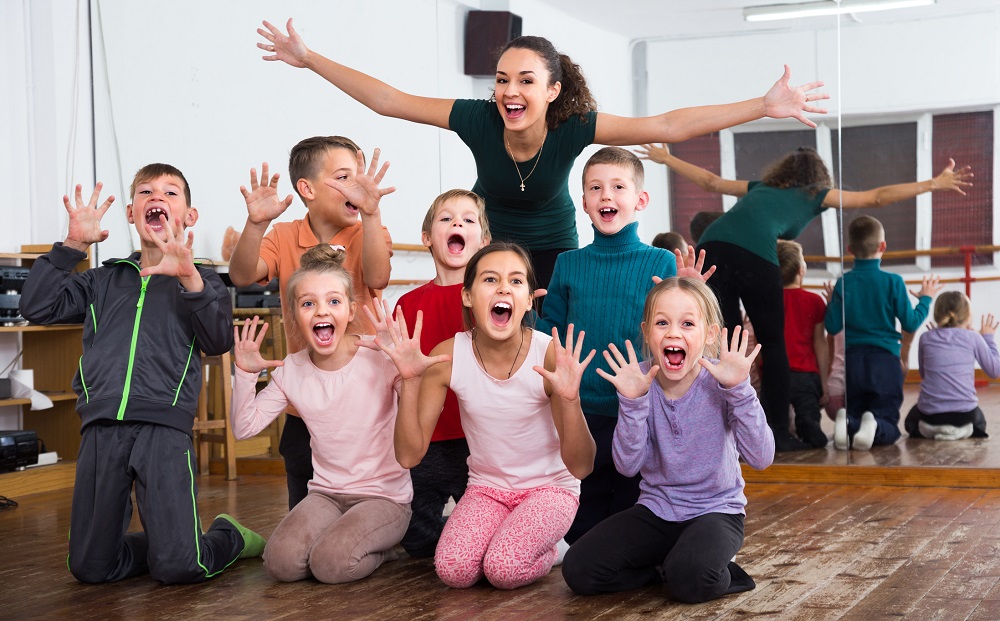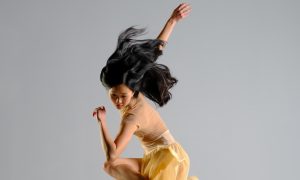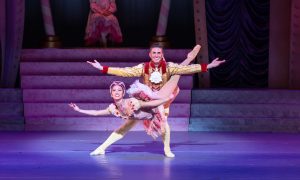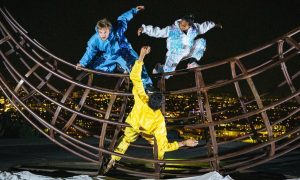Imagine, for a moment, a school board facing budget cuts. Imagine a family doing its best to make ends meet. In both cases, what’s probably the first expense to get the ax? Most likely, it’s arts education – classes, materials, space rentals, et cetera. Sure, dancing and painting might be fun for little Jane, and Tommy loves to sing and play trumpet. Yet, apart from the associated expenses, isn’t it better for them to spend that time building skills that will serve them in the economy of the future — namely, STEM (Science, Technology, Engineering and Math)?
Here is an argument for an education of STEAM — Science, Technology, Engineering, Art and Mathematics. In the words of Neil DeGrasse Tyson, director of the Hayden Planetarium at the Rose Center for Earth and Space (NYC) and world-renowned astrophysicist, “Creating art builds the human capacity to imagine, the seeds of innovation.” With a structured space to create art, one learns to mold imagination into something concrete, something to fulfill a certain aim. Even with all the math and science know-how in the world, if one can’t frame an idea into tangible product — moreover, that which has the qualities (aesthetic or otherwise) to appeal to a broad populace — he/she won’t have the skills for the economy of the 21st century.
That points to a second main value of arts education. It is training in placing pieces into a collective whole, one that successfully comes together to fulfill a purpose — to entertain, to challenge, to tell a story. It also helps us to see both the pieces and the whole, and how the pieces come together to create the whole. It teaches us theme and variations — to make the connections between separate elements to point out trends and see when things are diverging from a trend.
Why does that all matter? Those are building blocks of analysis, of creating argument, of recognizing and, when appropriate, framing rhetoric. Those are indispensable skills for writing, actively reading, negotiating and collaborating. Even if Jane will never be a professional dancer, or Tommy a professional musician, they’ll be hard-pressed to find a 21st century career, one that provides a sufficient and stable income, without those skills.
Arts education is also powerful training in working in a team — whether in a competitive dance team, musical ensemble or theatrical cast. Well, can’t sports provide that? Not in the same way, because there isn’t the same probing of human emotion, cognition, motivation. During creative process, there are sometimes deep discussions about these things within artistic “teams”. What led to the thoughts and emotions of our characters in this dance piece? Why did Macbeth speak that way to Lady Macbeth?
Also often arising are deeper looks into history, and how cause and effect have played out. More powerful can be a personalizing of the historical, a gazing more closely into how it might have played out for a specific person or group of people. For instance, this writer will never forget dancing the story of the Sioux Native American’s conquering and subjection. I then developed a keener awareness of Native American cultural trauma, and interest in helping to repair that pain, in any way I might be able, which stills very much exists today.
On that note, training in the arts is an incredibly powerful shaper of empathy. In that dissecting of human thoughts, feelings and behaviors so often key to the creative process, we gain a keener ability to understand why other people may think, feel and act the way they do, even if it might at first seem to make no sense to us. In order to negotiate, to come together with others toward a common end, that’s essential. Again, little Jane and Tommy will be hard-pressed to find a career in which they won’t need those skills.
Apart from those very practical considerations, empathy is essential for successful relationships and, therefore, one might argue, living a truly fulfilling life. Sure, exposure to things other than the arts can enhance empathy, but nothing with quite such a blend of the personal and universal, and with the enjoyable qualities that help us work through hard truths.
All of this doesn’t even get into the values of gaining specific skillsets of each artistic modality, such as musicality and greater body awareness through music and dance, and a keener visual sense from fine arts. In sum, training in the arts can help create a society more grounded in things that lead us to greater meaningful creativity, clearer understanding of self and other, and the skills to put those understandings into useful action.
In a world that can feel so divided and unpredictable, arts education can help us move forward together — as many, and as one. It does need defenders; we must make it clear to our elected officials and fellow citizens what we value, and why, in order to protect those things. Onwards we dance, sing, paint, write, and more – as many, and as one.
By Kathryn Boland of Dance Informa.















